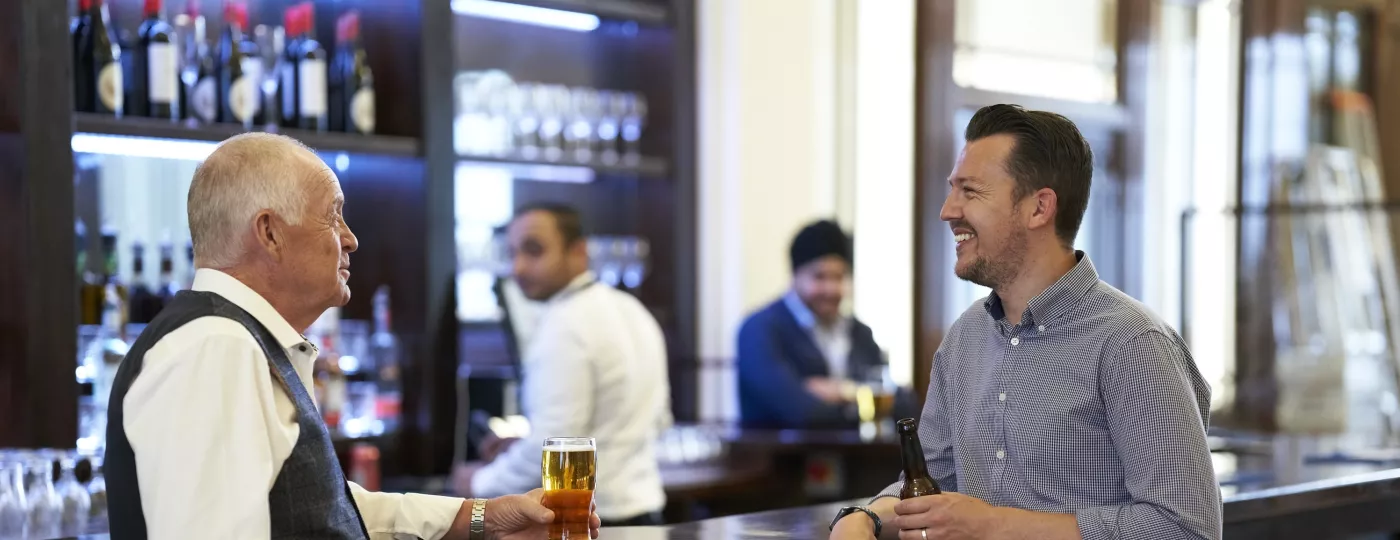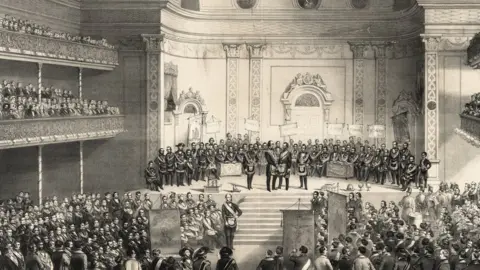Why More People Are Deciding to Join Freemasonfor Empowerment
Why More People Are Deciding to Join Freemasonfor Empowerment
Blog Article
Checking Out the Mysteries of the Freemason: What You Need to Know
The Freemason, a term commonly shrouded in intrigue and debate, stands for an intricate tapestry of historic fact and modern-day misconception. Developed in the late 18th century, this secret society was at first rooted in the Enlightenment's suitables but has given that become associated with conspiracy theory theories about elite control. As we browse the beginnings, essential numbers, and the stark contrast in between myth and fact, one need to take into consideration how these narratives affect contemporary understandings of power and secrecy. What could be disclosed through a closer exam of these aspects can challenge long-held assumptions about the shadows that linger in our culture.
Beginnings of the Freemason
The beginnings of the Freemason are steeped in a mix of historical intrigue and ideological fervor. Developed in 1776 in Ingolstadt, Bavaria, by Adam Weishaupt, the group was initially developed as a secret culture focused on promoting Knowledge perfects such as reason, secularism, and the separation of church and state. Weishaupt, a professor of canon regulation, looked for to challenge the prevailing authority of the church and state, which he considered as oppressive organizations suppressing intellectual and personal flexibility.
The Freemason looked for to hire prominent members from numerous societal fields, including politics, academia, and the arts, to cultivate a network devoted to these Knowledge concepts. The culture run under a veil of privacy, using coded language and rituals to protect its members from oppression, especially given the repressive environment of the moment. Nonetheless, the Freemason faced significant resistance from both governmental authorities and spiritual organizations, which saw the team as a hazard to their power.
Secret Numbers and Participants
Who were the essential figures that shaped the Freemason's very early influence and instructions? The Bavarian Freemason, founded in 1776 by Adam Weishaupt, arised as an action to the overbearing societal structures of the time.
Another significant figure was Johann Gottlieb Fichte, a popular thinker whose concepts on nationalism and education resonated with the Freemason's objectives. Although Fichte was not a formal member, his thoughtful supports influenced the team's ideology. Furthermore, figures like the author and philosopher Johann Wolfgang von Goethe were connected with the more comprehensive intellectual activities of the time, although their direct involvement with the Freemason stays disputed.
These vital numbers contributed to the Freemason's early instructions, pressing the borders of political and social thought, while their collective initiatives intended to test well established norms and promote a climate of modern adjustment in Europe.
Misconceptions vs. Fact
Several misunderstandings border the Freemason, often mixing reality with fiction this in a means that obscures its true nature. The idea that the Freemason proceeds to put in considerable impact over world events is a myth - how to become a freemason.
An additional widespread myth is that the Freemason comprises a network of elite people adjusting international events. In truth, numerous conspiracy theories exaggerate the team's relevance, attributing misguided intentions to societal patterns and occasions. This has actually caused an oversimplified view of complicated problems.

Modern Analyses
Contemporary analyses of the Freemason frequently mirror more comprehensive societal anxiousness and an attraction with secrecy and power. This modern-day lens regularly connects the Freemason with conspiracy concepts that suggest a concealed elite manages world events, controling governments and economic climates for their find here very own gain. Such narratives touch into a deep-rooted question of authority, especially in times of situation or social upheaval.

In addition, some modern analyses mount the Freemason as an allegory for the complexities of globalization and the interconnectedness of significant people and organizations. This viewpoint urges an essential examination of how power dynamics operate in today's world, highlighting the balance in between openness and secrecy in administration and corporate techniques.
Cultural Impact and Heritage
Influenced by centuries of intrigue, the cultural impact and tradition of the Freemason prolong much beyond its historical beginnings. This secret culture, established in the late 18th century, has actually penetrated numerous elements of popular society, from literature and film to music and art. The principle of the Freemason has developed into a symbol of conspiracy theory concepts, frequently standing for a perceived surprise power adjusting international occasions.
In literature, writers like Dan Brown have woven the Freemason right into complex plots, exciting visitors with motifs of secrecy and power. Films such as "National Prize" and "The Da Vinci Code" further continue the allure of the society, mixing fact with fiction to develop engaging narratives.
The Freemason's impact likewise extends right into music, with artists referencing the company to evoke styles of disobedience and societal critique. This representation has actually added to a fascination with the concept of clandestine teams regulating the bars of power, reflecting societal stress and anxieties regarding authority and openness.
Ultimately, the Freemason's heritage is a complicated tapestry of myth and reality, shaping perceptions of privacy and control in modern discourse. Its long-lasting existence in society underscores humanity's perennial mission for comprehending surprise facts.
Final Thought
The expedition of the Freemason exposes an intricate interplay between historical realities and modern-day myth-making. Founded in the Knowledge age, this culture aimed to challenge overbearing structures, yet its legacy has actually been outweighed by conspiracy theories that suggest elite adjustment. Recognizing the distinctions between the original perfects and contemporary analyses is important for find comprehending the enduring attraction with the Freemason and its significant influence on social narratives surrounding power and secrecy in society.
Report this page